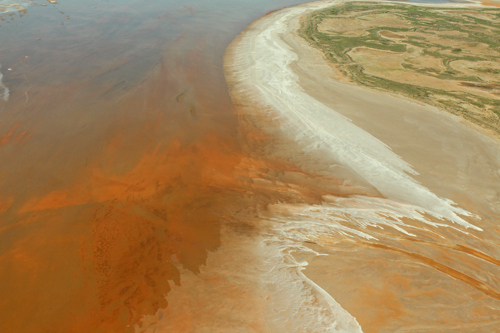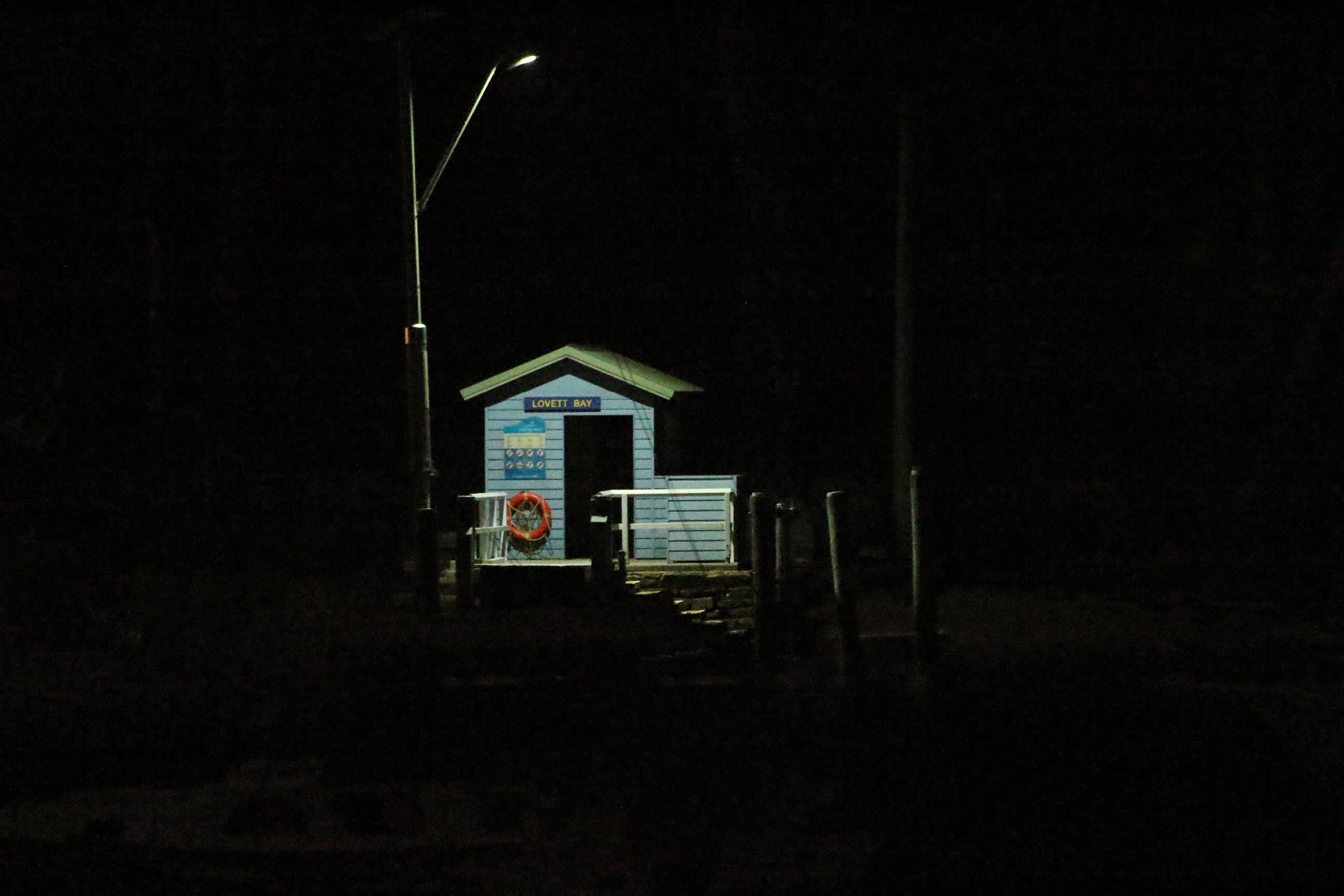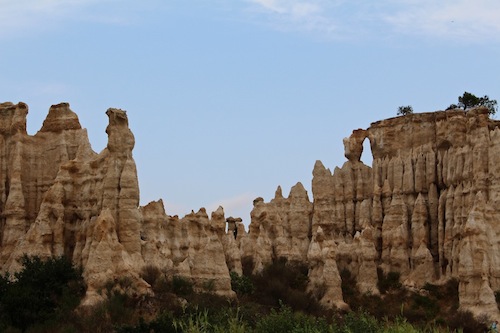Lake Eyre is a massive contradiction. A lake where land speed records are broken. A salt flat with a sailing club. And it is a real sight to see.
It sits in the middle of a desert and is Australia’s lowest point at 15m below sea level. More than 140km long and 77km wide, most of the time it is a glittering, eye-scorching, shimmering white salt flat. It has filled only three times in the last 150 years.
But when it fills, Kati Thanda- Lake Eyre – to give it it’s full title – is the largest lake in Australia and becomes home to a mass of bird and marine life.
The Lake is miles from anywhere and yet, when the rains come, the yachties follow and members of one of the least met sailing clubs take to the water.
But it is a fleeting thing. The harsh outback environment ensures the waters never stay long. As the lake dries the fish die off from the increased salinity and the birds take to the air again.
We were very fortunate to have the chance to witness one of Australia’s great outback events.
We posted some pictures on our Facebook page awhile ago of Lake Eyre in flood – a rare occurrence that we just had to see. Just for our blog readers – here’s more loveliness.










































































































